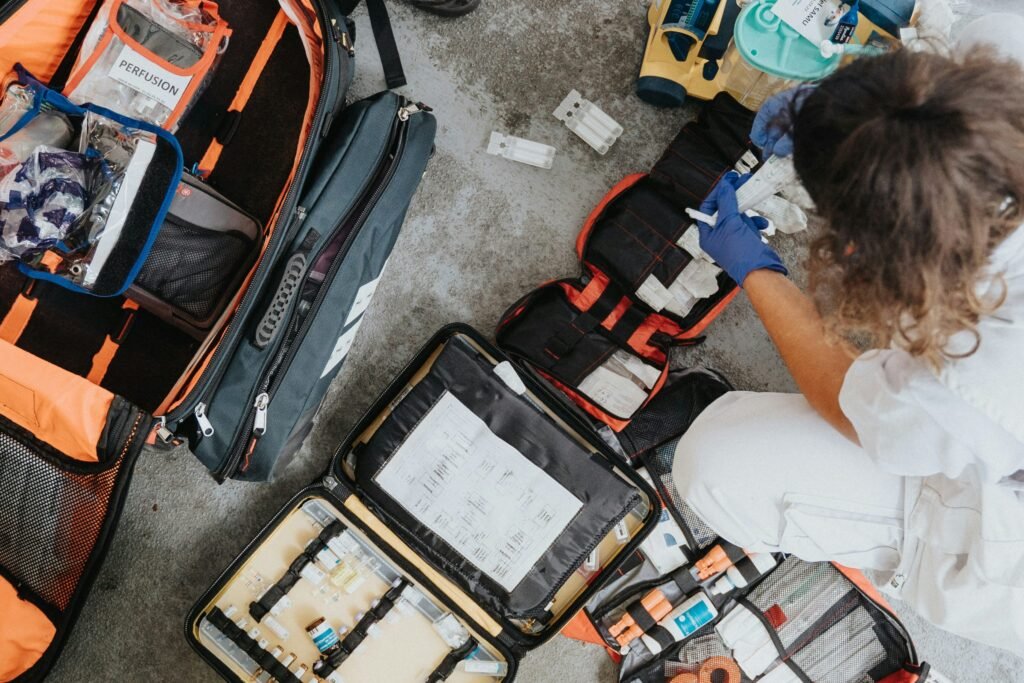Singapore is an enigma to most. It is one of the wealthiest countries in the world, yet without any natural resources. Its highways are lined with trees, cars cost a fortune and people of different races live together side by side in peace and harmony. However, whether you agree or not with what Singapore does or does not do, one thing that most would agreed is a success would be the public housing.
Over 80% of all Singaporeans live in public housing estates, of which over 90% own these homes. However, public housing in Singapore is a whole different concept to what most countries have. Public housing is not merely for the poor, but for middle to upper-middle income families as well. Expensive continental cars are regularly seen in the open carparks within the public housing estates.
Singapore used to be full of squatter, slums and makeshift houses. Merely 50 years ago, residents lived in “Kampungs” or small villages. Makeshift homes had no running water, electricity or sewage systems. Illnesses like Tuberculosis, Cholera and Malaria were common. The population of Singapore was 1.6 million of which 1.3 million lived in squatters, not counting the thousands who stayed in slums and old buildings like shophouses.
However, within a single generation, the landscape of housing in Singapore was changed. High-rise flats now define the sky-lines and the once ubiquitous slums, squatters and Kampungs were cleared. Homes now have clean, running water, electricity and a reliable sewage system. Slum dwellers were invited to move into these new flats and many were excited at the prospect of owning a modern home. Whole communities were relocated together and old neighbours continued their friendship in new estates. With the promise of familiar faces in the new estates, more were willing to relocate.
Interestingly, public housing was one of the key factors in bringing a nation of diverse cultures, races and religions together. Blocks had a defined quota for each race, thus ensuring that no single estate becomes an isolated enclave for a certain group, which is a huge problem some cities are facing today. The rationale behind this seemingly heavy-handed approach was that explained by the Deputy PM Tharman Shanmugaratnam at the St. Gallen Symposium in 2015. When people of different cultures live side by side, go to school together and get to know each other, it is difficult to hold racial biases against a person.
In Singapore, all public housing estates are planned by the government under the Housing Development Board (HDB). The flats are controlled by a complex system of checks and balances to ensure they remain affordable to all Singaporeans. Although resale flats regularly hit SGD $1 million, and the average 4 room apartment cost an average of SGD $500 000. However, a new flat can be bought for as little as SGD $100 000 paid over 10-20 years with generous government subsidies and loans. This has made home instalments occasionally even cheaper than renting.
Photo credit: HDB Singapore
Housing estates also follow a standard ‘formula’. Approximately 20 to 40 HDB blocks form an estate. Each estate is designed to be self contained with amenities within walking distance from each other. Almost all public housing estates follow this system and configuration. HDB blocks are also being built with standardised construction systems. Flats all follow relatively standardised sizes and configurations. A system of construction using standardised prefabricated concrete pieces has greatly decreased construction time and cost. This enables flats to be built quickly, efficiently and of high quality.
It is interesting to note, the estates are maintained by the Singapore Government and by law, all estates have to be repainted every 5 years. Residents in each cluster can vote for the new colour scheme and the colour schemes are usually really bright and colourful. No two clusters have the same colour scheme or style, giving each estate a unique touch. A government agency also manages the cleaning and repairs made to buildings and public spaces. This has enabled Singapore to avoid most of the housing public housing disasters of other countries.
Overall, the constraints of space in tiny Singapore has necessitated the need for government intervention to build high-density public housing. The transformation of Singapore’s housing would not have been done without determination, foresight and meticulous planning. Public housing can be a solution to address housing issues facing other cities. However Singapore has the luxury of a well appointed government. Without these key factors, projects like this would have never taken off.
This is a screenshot of an HDB estate. The picture shows how the blocks are arranged. There is a primary and secondary school, a wet market, supermarket, a sports complex with a swimming pool, a community center, polyclinic and police station within walking distance. Each estate is quite self contained and connected to the rest of Singapore through the MRT services.
Photo credit: Jerry Wong
Photo credit: NTUC
Photo credit: Green Business Singapore
Photo credit: White Sands Singapore
Clockwise from top left: Casuarina Primary School, FairPrice Supermarket, Whitesands shopping center and MRT, Pasir Ris Sports Hub which has a lap pool, gym and badminton courts.
by Chelsea Wee
Chelsea is on a gap year trying to learn more about the world and how social enterprise start-ups are trying to change the world. She is passionate about the environment and helping people improve their lives through simple ideas and innovations.
She currently resides in Singapore with her collection of carnivorous plants, enjoys listening to local bands while being a tourist in her own country. She was recently accepted at Lasalle College of the Arts in Singapore which she will enter in 2017.










